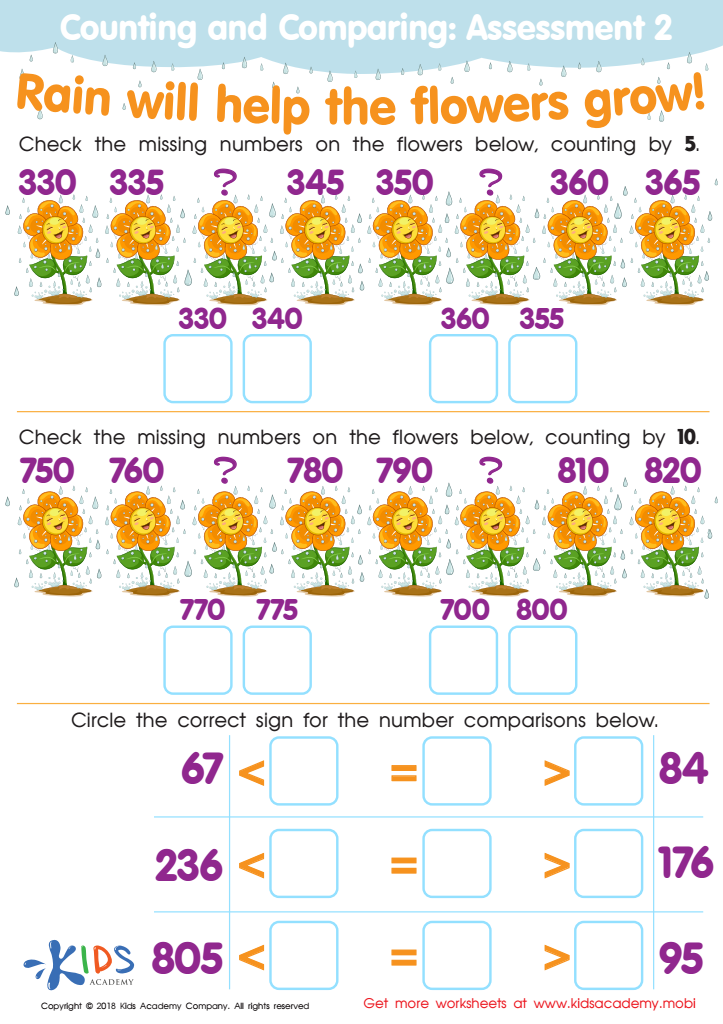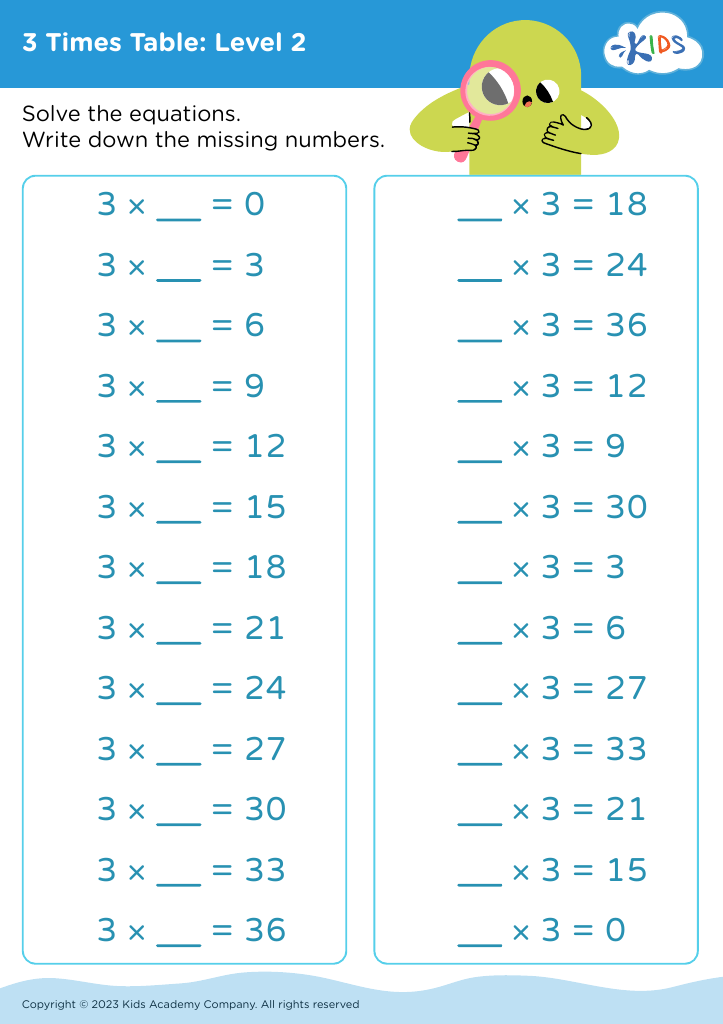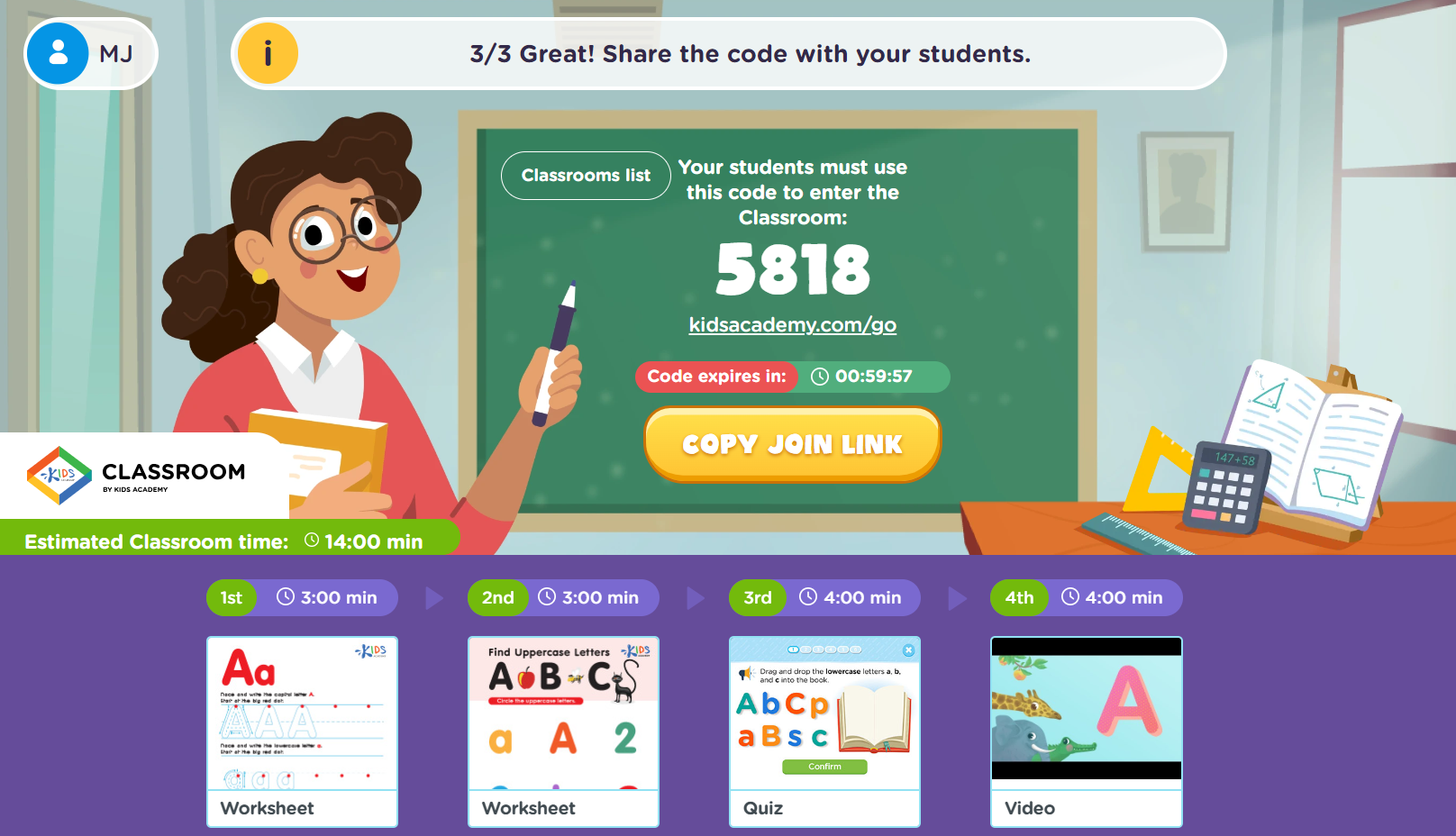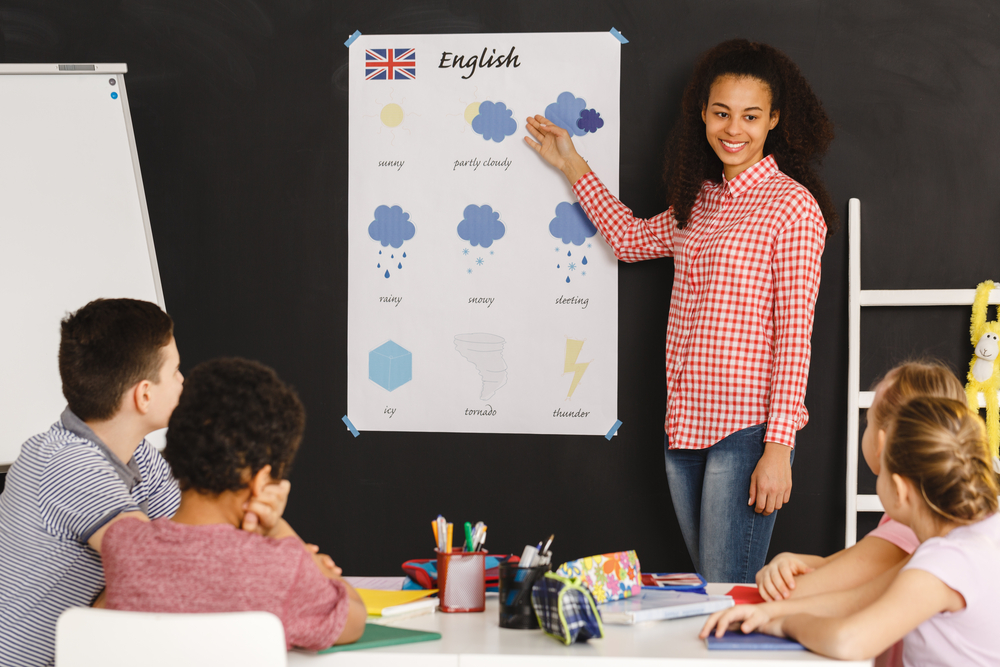Number pattern recognition Worksheets for Ages 3-8
3 filtered results
-
From - To
Explore our engaging Number Pattern Recognition Worksheets designed specifically for children aged 3-8! These interactive worksheets encourage young learners to identify, create, and extend numerical patterns through colorful visuals and fun activities. Perfect for reinforcing early math skills, they help children develop critical thinking and problem-solving abilities while making learning enjoyable. Each worksheet is tailored to cater to various learning levels, ensuring all children grasp the concept of number patterns. Ideal for classrooms or home practice, our resources support educational growth and foster a love for math. Start your child’s journey to math mastery today with our exciting worksheets!


Counting and Comparing: Assessment 2 Worksheet


Skip Count Multiplication Worksheet
Number pattern recognition is a crucial skill for children aged 3-8, laying the groundwork for advanced mathematics and critical thinking. Understanding number patterns helps children develop logical reasoning and cognitive skills essential for problem-solving and analytical thinking. When children identify and create patterns, they learn to organize information, recognize relationships, and predict outcomes—skills that are vital in everyday life.
Teachers and parents play a significant role in nurturing this ability. Engaging children in pattern-related activities, such as identifying sequences with objects, numbers, or shapes, fosters a love for math that builds confidence. Early exposure to patterns cultivates a sense of curiosity, encouraging kids to explore mathematical concepts further.
Moreover, pattern recognition is directly linked to later success in mathematics. Children who grasp this concept early are more likely to excel in arithmetic, geometry, and statistics. Additionally, it can enhance children's language skills by making connections with rhythms in stories and music.
Supporting children in their journey to recognize numbers and patterns sets them up for lifelong benefits, as these foundational skills are not only essential in academic settings but also valuable in everyday problem-solving situations. Ultimately, fostering this ability can spark a child's enthusiasm for learning and inspire a resilient, curious mindset.

 Assign to My Students
Assign to My Students






%20(1).jpg)










